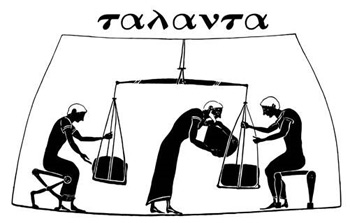
Photo from archive.org
Phosphospecific enrichment techniques and mass spectrometry (MS) are primary tools for comprehending the cellular phosphoproteome. In this work, a rational and extremely facile route to synthesize the magnetic metal-organic frameworks… Click to show full abstract
Phosphospecific enrichment techniques and mass spectrometry (MS) are primary tools for comprehending the cellular phosphoproteome. In this work, a rational and extremely facile route to synthesize the magnetic metal-organic frameworks (mMOFs) was employed and the prepared composite was first utilized as a "bait" for selective enrichment of phosphopeptides. Typically, the mMOFs was synthesized via electrostatic self-assembly between the negatively charged Fe3O4 magnetic nanoparticles (MNPs) and positively charged MIL-101(Fe). The obtained Fe3O4/MIL-101(Fe) composite possessed well-defined structures, rough surface, highly specific surface area and excellent magnetic property. To demonstrate their ability for enrichment of phosphopeptides, we applied Fe3O4/MIL-101(Fe) as a "bait" to capture the phosphopeptides from standard protein digestion and practical samples. The enriched phosphopeptides were analyzed by matrix-assisted laser desorption/ionization time-of-flight mass spectrometry (MALDI-TOF MS). The MS results show that the Fe3O4/MIL-101(Fe) exhibits superior enrichment performance for phosphopeptides with low detectable concentration assessed to be 8 fmol, selectivity investigated to be 1:1000 using β-casein/bovine serum albumin mixture and enrichment recovery evaluated to be 89.8%. Based on these excellent properties, the prepared composite was used to enrich the phosphopeptides from tilapia eggs biological samples for the first time. A total number of 51 phosphorylation sites were identified from the digest of tilapia eggs proteins, suggesting the excellent potential of Fe3O4/MIL-101(Fe) composite in the practical application.
Journal Title: Talanta
Year Published: 2017
Link to full text (if available)
Share on Social Media: Sign Up to like & get
recommendations!